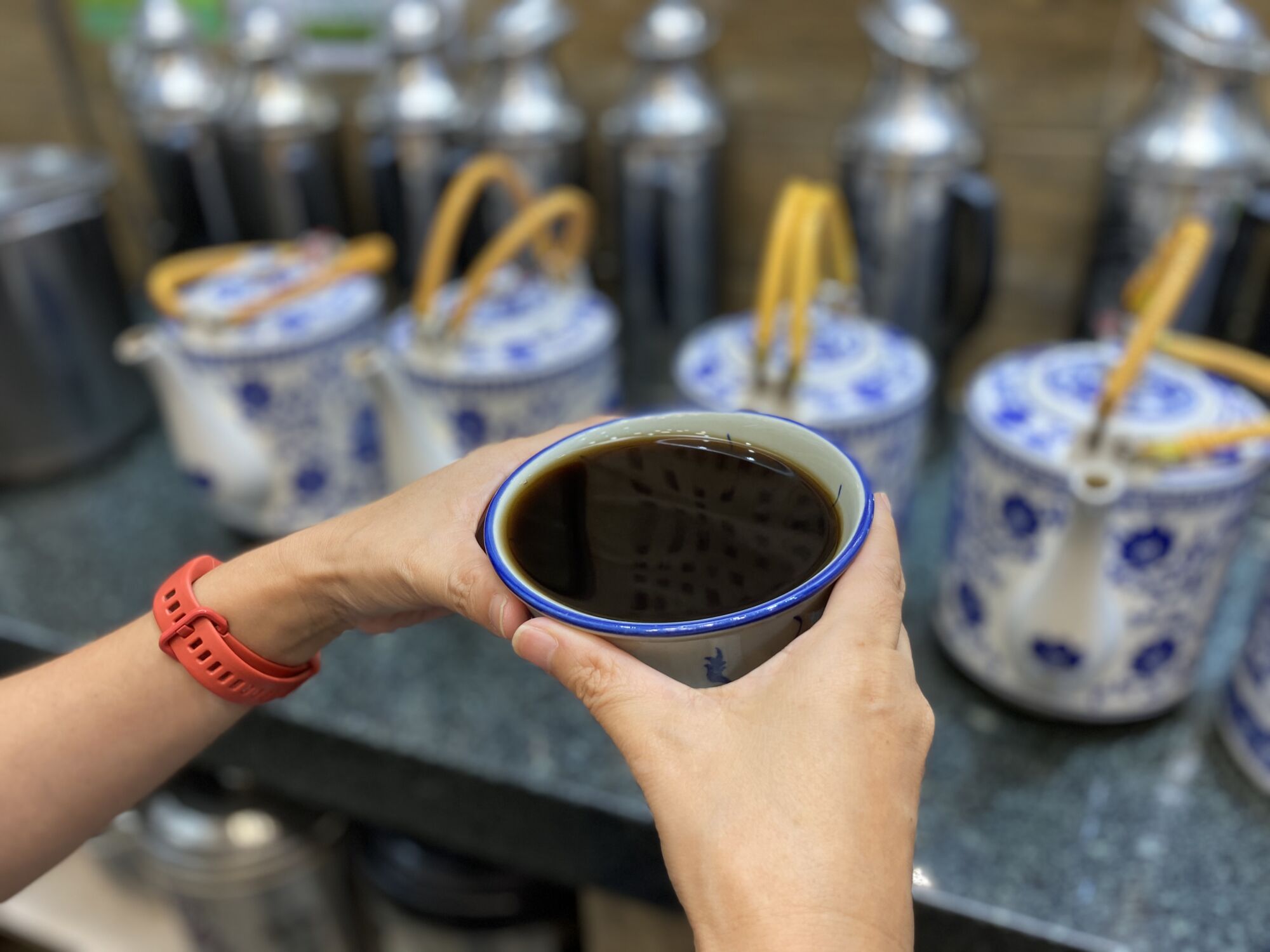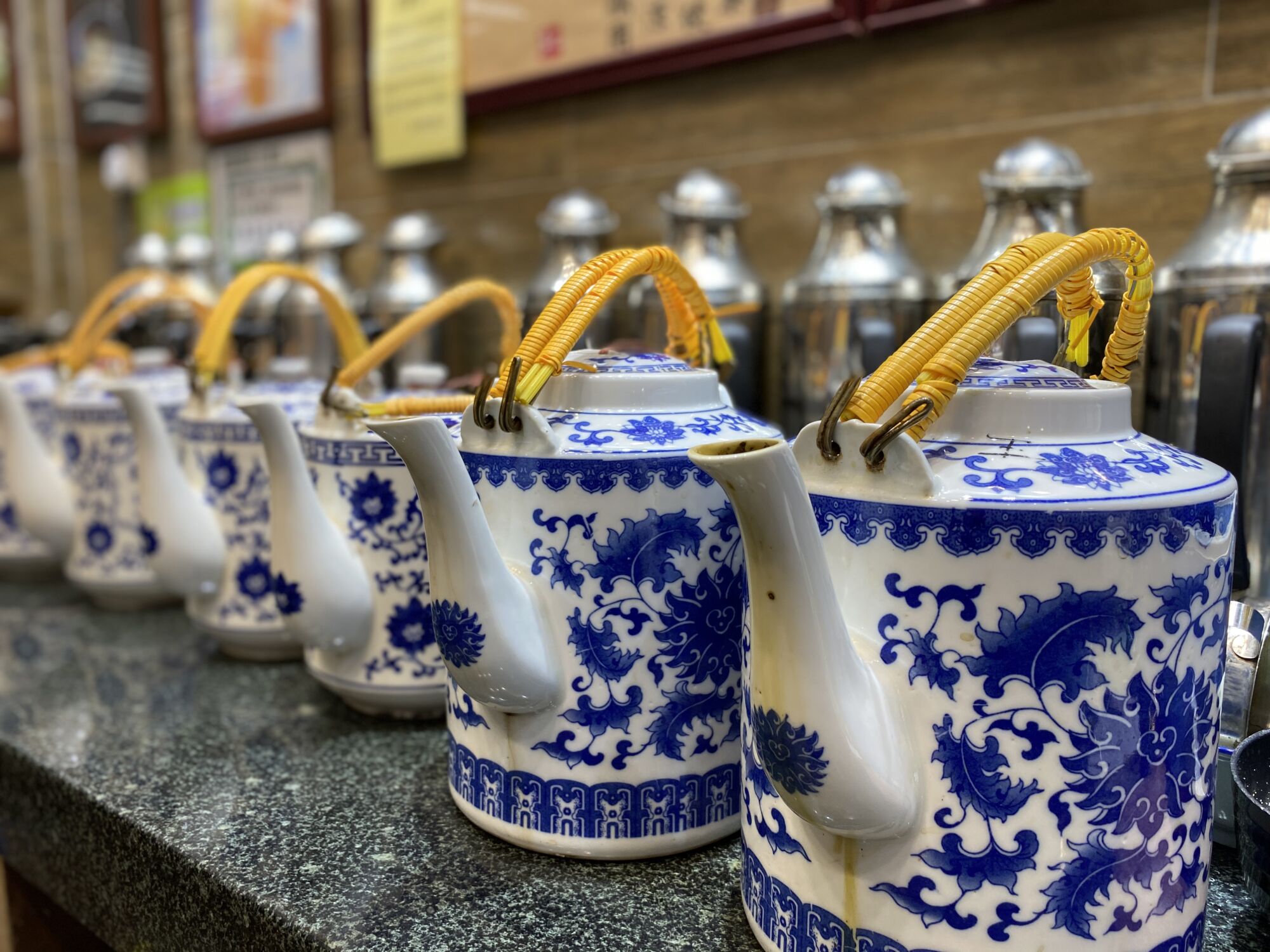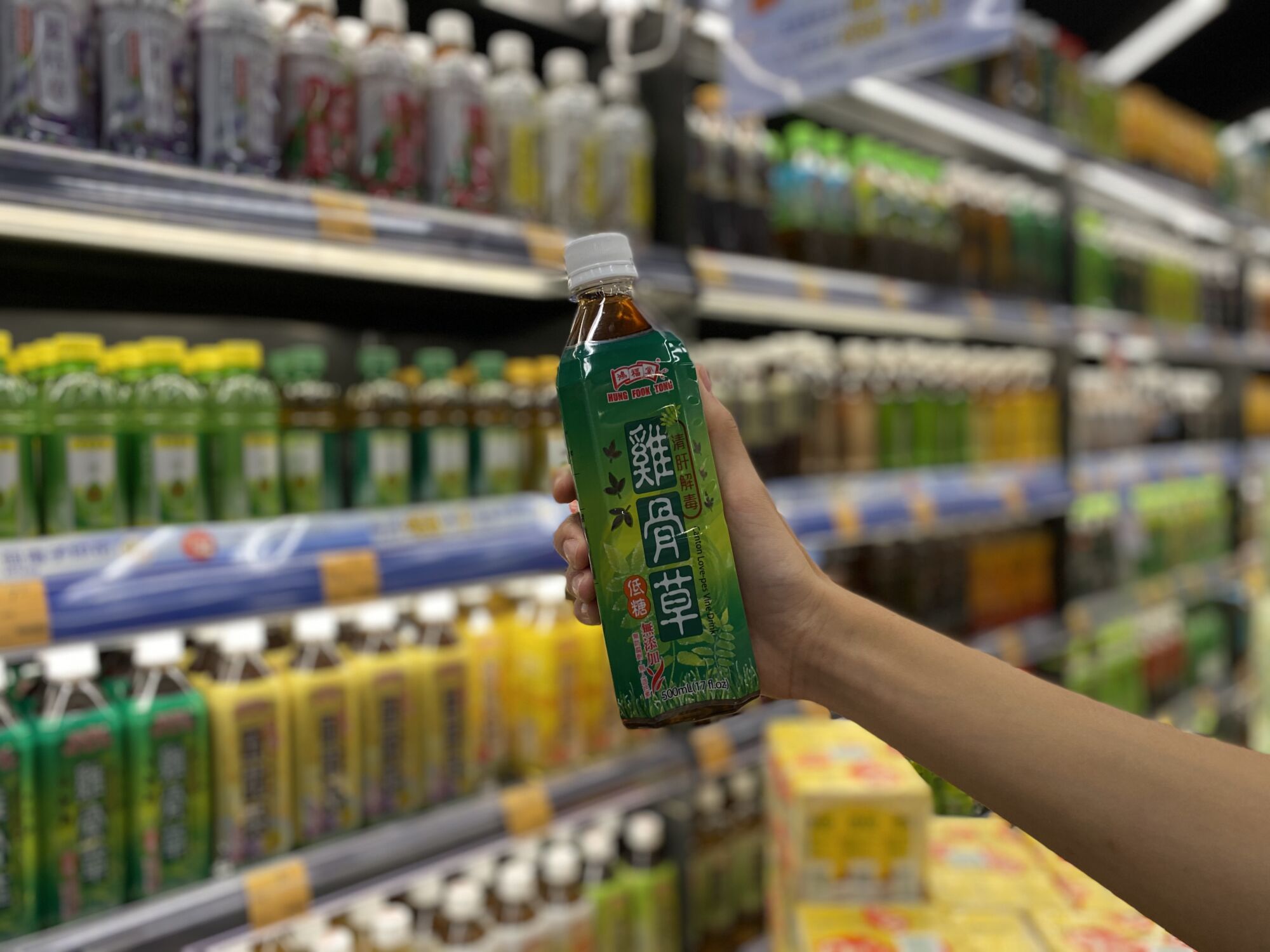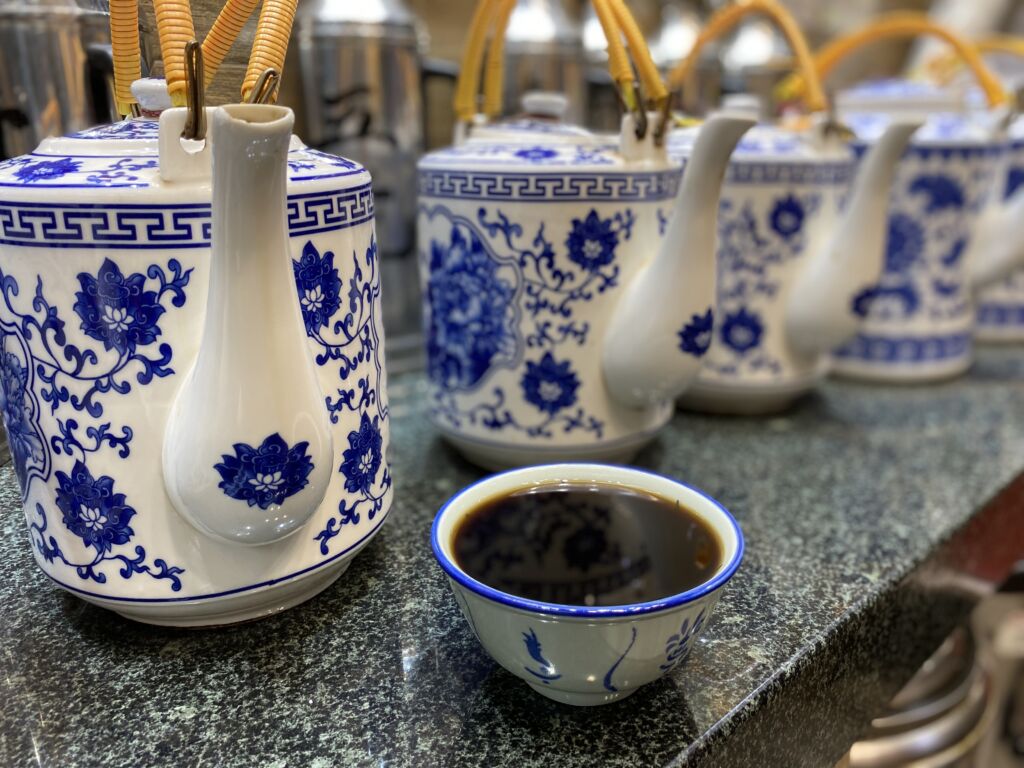Herbal tea shops are a common sight in Macau, Hong Kong, and many places in Southern China. If you are in Macau, you will have most likely have seen them already. Often, they are shops with an assortment of dried plants in big jars and they have large thermal bottles displayed in a row that are labeled with Chinese characters. Such shops are so ingrained and specific to Southern Chinese history and culture that it is hard to deduce exactly what they are. So, what exactly are herbal teas? What are they for? Why are they so common in Southern China? What is their cultural significance? Read on to find out!

What are herbal teas and what are they for?
Herbal teas tend to be black or brown in color, and they tend to taste quite bitter. Some people would choose to add honey and sugar into the teas to make them more palatable. Now, why would anyone want to drink something that seems so unappealing? Chinese herbal teas are brewed for at least an hour using different plants common in Chinese medicine. Therefore, they are strongly linked with traditional Chinese medicine. Different herbal teas are meant to alleviate and hopefully cure any illnesses or discomfort that one may have. Herbal teas are so intrinsic to our daily lives that you can even buy it in bottles in supermarkets.
Why are they so common in Southern China?
Interestingly, this has to do with our geographic location and the climate here. The Guangdong region is prone to hot, humid, and rainy weather. Our ancestors in the past believed that the air currents (瘴气) coming from the forests were polluted by rotting organic matter, which is detrimental to our bodies and caused diseases to spread. This is also known as “miasma theory”, a theory common in Europe as well as an explanation for diseases like the Black Plague. However, we now know that this theory is not correct and it has been replaced by germ theory, which is the idea that diseases are caused by germs rather than “poisonous air”.
Regardless, herbal teas are popular during the hotter months of the year because they may have detoxing effects on the body. When the temperature and the humidity of our climate fluctuates, this can cause changes to our body as well. For example, some people get headaches, painful joints, and even fall ill when the weather changes. Herbal teas can help alleviate and cure those symptoms.
Your diet can also affect your body. From the perspective of Chinese medicine, we think of a healthy body as a yin and yang symbol. If you are eating unhealthily, then you will have too much “hot air” in your body which means that you have too much yang energy in you which causes an imbalance in your body. Now how does that manifest in our bodies? It tends to manifest in the form of acne, sore throats, mouth ulcers, oiliness on your face and scalp, and so on. Eating too much spicy, oily, or fried food, or too much sweet food in your diet is one of the biggest causes of this imbalance in the body. Ultimately, if your body feels off, you are out of balance. In fact, the more accurate translation of what herbal teas are called in Chinese is actually “cooling tea”’.
The cultural significance of herbal tea shops
Herbal tea shops are one of the oldest professions in Macau. They are often made with numerous amounts of dried plants and herbs used in Chinese medicine, so it is hard to learn and master ways to make herbal tea. In fact, most herbal tea shops nowadays that have been around for a while have most likely been passed down for generations. The components of each type of tea vary with each shop and can change with the seasons.
In the past, it was more common for herbal tea shops to sell pre-packed ingredients for the herbal tea so those who bought it would brew it themselves at home. Nowadays, most shops have readymade herbal tea which is more convenient for modern-day citizens.
In Hong Kong, during the 1960s and the 1970s, herbal tea shops were not only places to drink herbal teas, but they were also a place where people would gather to listen to music, watch television and socialize.
Despite the introduction of Western medicine into the East, Chinese medicine and herbal tea shops are still able to thrive because not only are they natural, they are also relatively cheap. Although their effects might take a bit longer than Western medicine, they are reliable and have been effectively easing ailments for hundreds of years.

What are the most common types of tea?
Five Flower Tea (五花茶)
Consists of: Chrysanthemum, honeysuckle, frangipani, kapok, Flos puerariae, sophorae
Function: To detoxify the body and to alleviate symptoms of the yang imbalance in the body
Guangdong abrus tea (雞骨草)
Consists of: Abrus cantoniensis
Function: Good for your liver, eyesight and has detoxifying properties
Prunella grosvenori tea (夏枯草羅漢果茶)
Consists of: Prunella, monk fruit, Chinese licorice, sophora japonica
Function: Detoxifying, good for the liver and lungs, good for relieving coughs.
Dampness relieving tea (祛濕茶)
Consists of: Poria, mian yin chen, Atractylodes macrocephala, Corn Silk, Alisma orientalis, mulberry bark, ginger, tangerine bark
Function: Dispels the build-up of unhealthy fluids in the body such as phlegm and mucus and clears heat in the body
24-flavor tea (廿四味)
Consists of: Ten to twenty ingredients such as kumei root, acacia vine, water weed flower, Microcos neroosa, reed root, forsythia, and dandelion
Function: Clears away heat and toxins, removes dampness, relieves pain, and improves bowel movements

Other than at herbal tea shops, you can also find herbal tea in supermarkets because they are so popular in Macau! The most common brand we found was Hung Fook Tong herbal teas. You may also recognize Wong Lo Kat (王老吉), which is commonly sold in red bottles or red cardboard packages in supermarkets. It is one of the most famous brands of herbal tea in China and was actually created by a man from Guangdong called Wang Zebang in 1852.



































